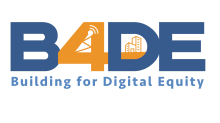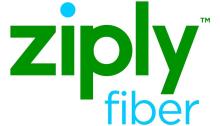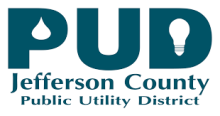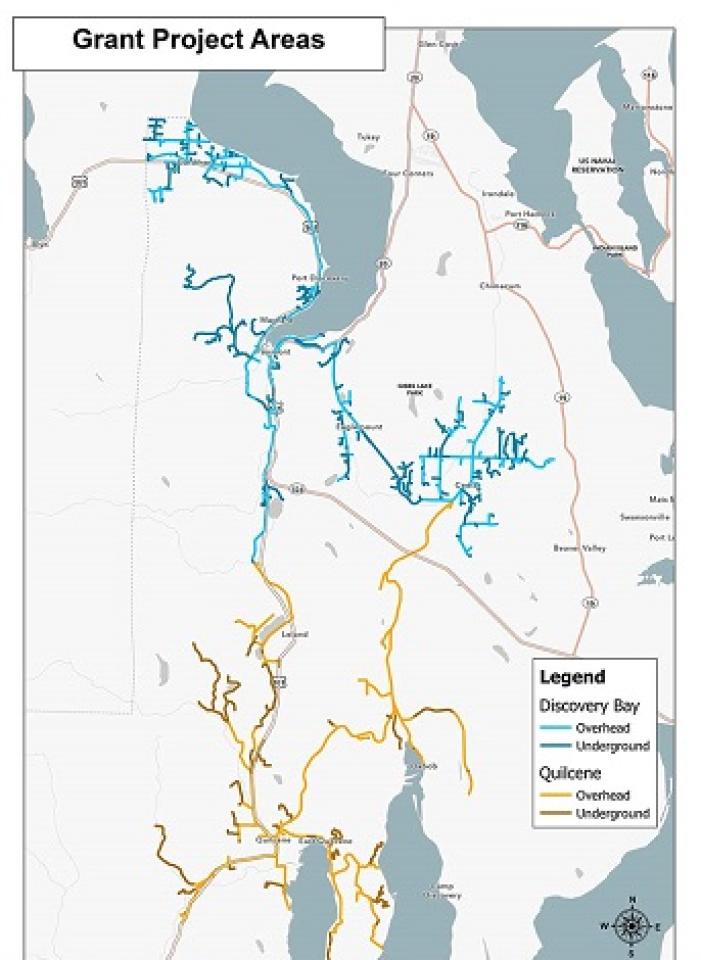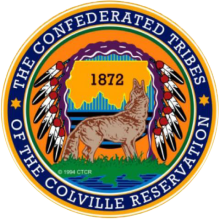Two New Episodes of the Building for Digital Podcast Now Available
This week we are giving you a double dose of our new Building For Digital Equity podcast. In Episode 4, our research associate Emma Gautier interviews Kim Ilinon and Ella Silvas, two Interactive Media Design students from the University of Washington-Bothell.
Kim and Ella, who both gave lightning round presentations at Net Inclusion 2023 in San Antonio last month, discuss how they got into digital equity from a design background and what they have learned about who is doing digital equity work in Washington state.
You can watch their 3 minute lightning talk here:
And you can listen to the 12-minute long B4DE podcast with Kim and Ella here:
Also available is Episode 5 of the B4DE podcast, which features Susan Corbett, Executive Director of the National Digital Equity Center, an organization that has long been involved in policy around Internet access and digital equity both in Maine and across the United States.
ILSR’s Community Broadband Networks Director Christopher Mitchell discusses with Susan how she got started doing digital equity work in 2005 as the owner of a small ISP in rural Maine. They also explore how the National Digital Equity Center uses a database and surveys to track the progress of their programs to ensure they are effective, having launched initiatives around distributed devices, skill building, and now involved with the Maine Digital Equity Plan.
That episode is 14 minutes long, which you can tune into here:


